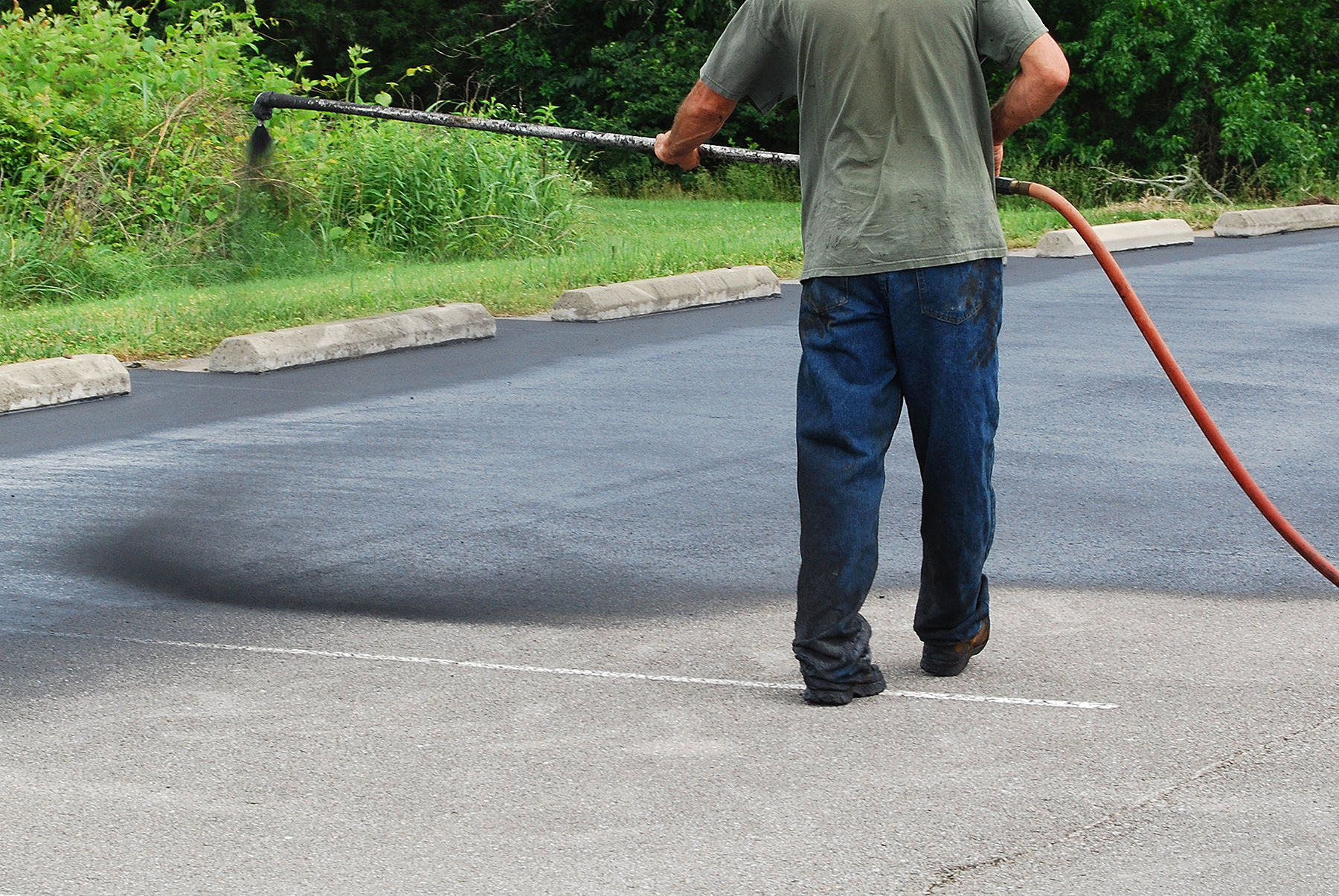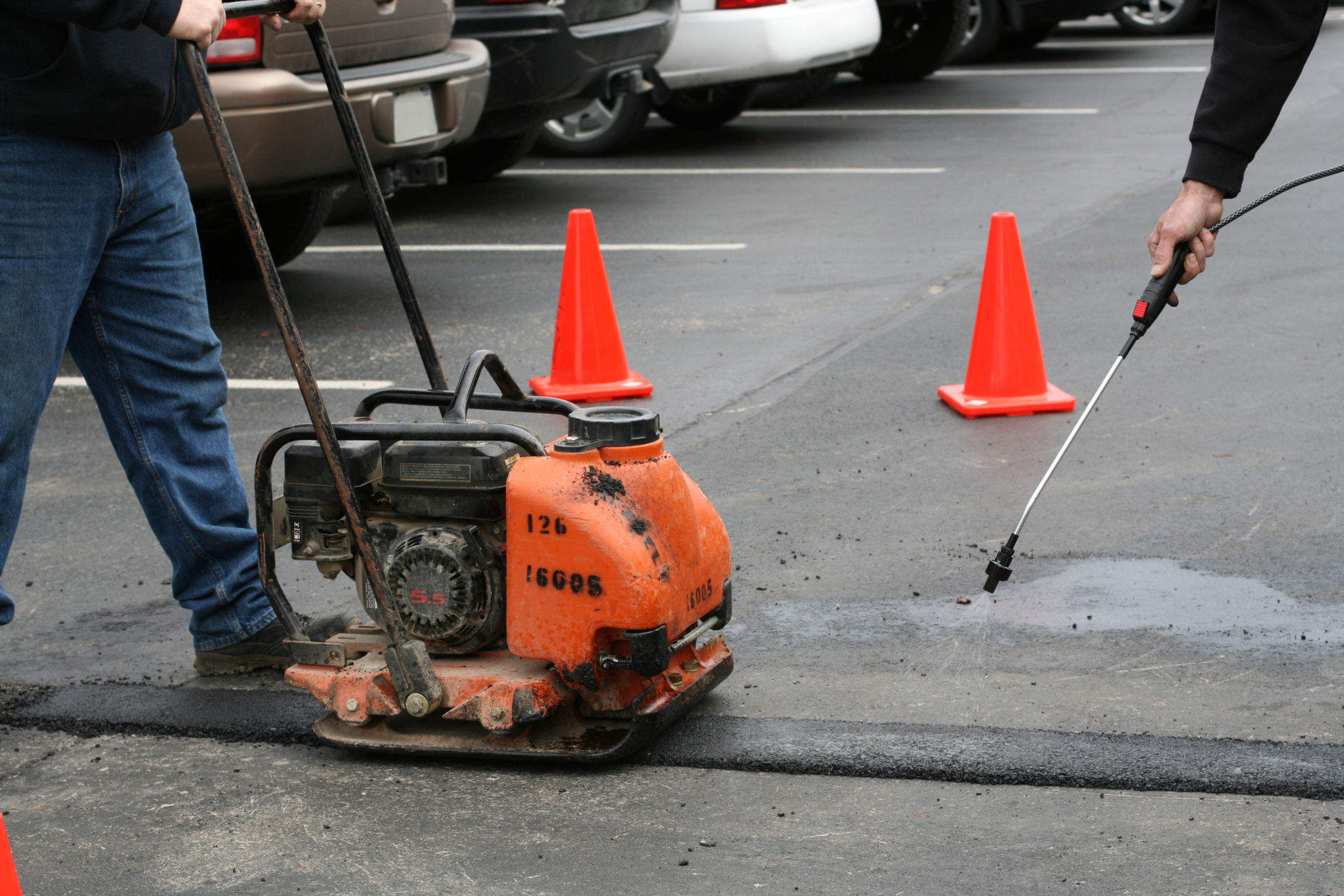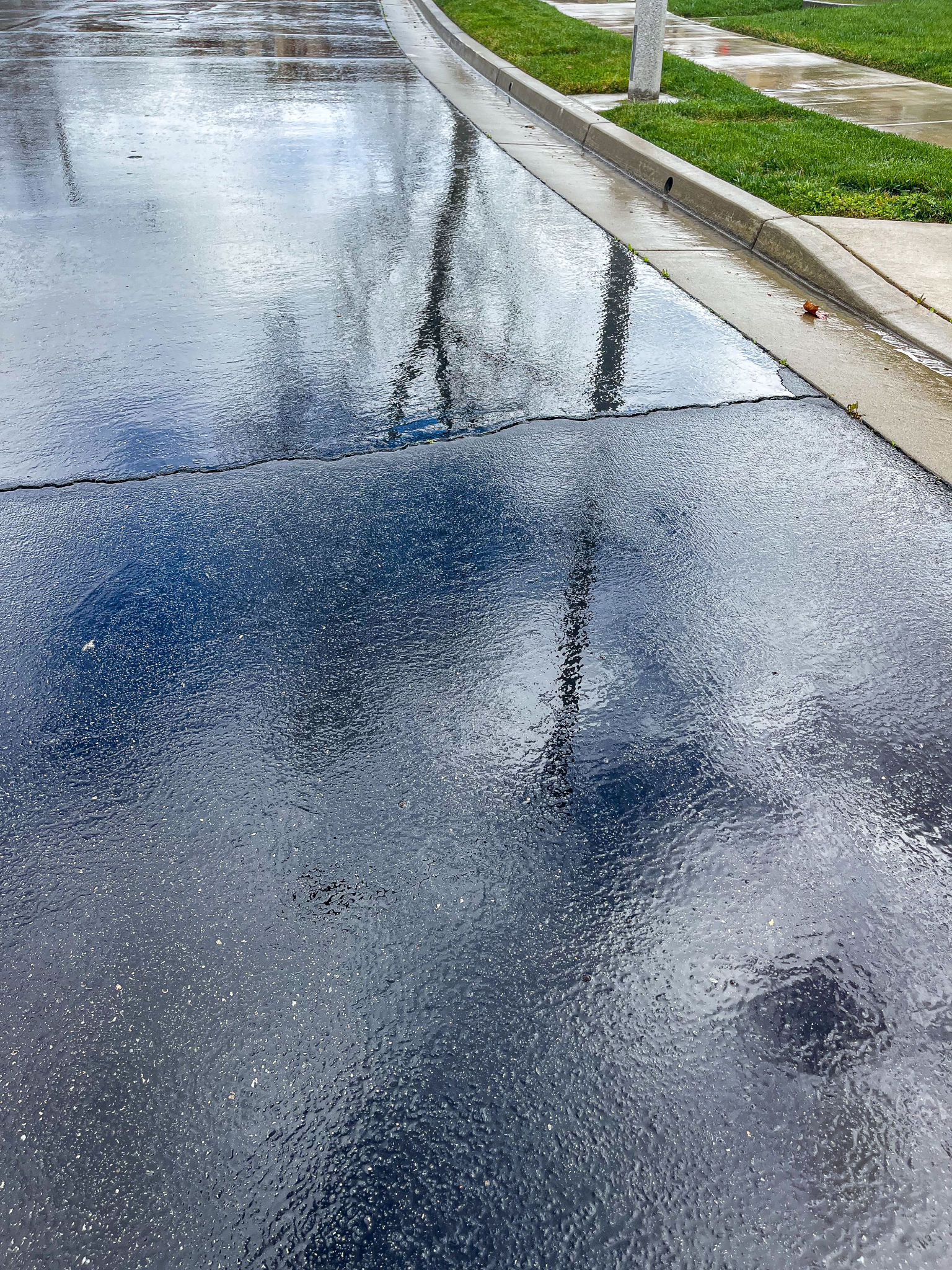Debunking Common Myths About Asphalt Sealcoating
CL
Understanding Asphalt Sealcoating
Asphalt sealcoating is a crucial maintenance practice for extending the lifespan of asphalt surfaces. Despite its importance, several myths surround the process, leading to misconceptions and hesitancy among property owners. In this post, we aim to debunk some of the common myths surrounding asphalt sealcoating to help you make informed decisions.

Myth 1: Sealcoating is Just for Aesthetics
One prevalent myth is that sealcoating is merely a cosmetic procedure, only enhancing the appearance of asphalt. While it's true that sealcoating can provide a fresh, black finish that enhances curb appeal, its benefits go far beyond aesthetics. Sealcoating acts as a protective barrier against elements like UV rays, water, and chemicals, which can cause asphalt to deteriorate prematurely.
By sealing small cracks and preventing them from expanding, sealcoating helps maintain the structural integrity of the asphalt. Therefore, it plays a vital role in prolonging the life of your pavement, making it a practical investment rather than just an aesthetic choice.
Myth 2: Sealcoating Fixes Asphalt Damage
Another misconception is that sealcoating can repair damaged asphalt surfaces. It's important to understand that sealcoating is a preventive measure, not a repair solution. It cannot fix significant issues like large cracks, potholes, or structural failures. These problems require proper repairs before any sealcoating can be applied.
For effective results, ensure any existing damage is addressed first. Once repairs are made, sealcoating can then be used to protect the surface from future damage, thereby extending the time between costly repairs.

Myth 3: Sealcoating is Unnecessary for New Asphalt
Some people believe that new asphalt does not need sealcoating. While new asphalt is indeed strong and flexible, it is still susceptible to the same damaging elements as older asphalt. Applying a sealcoat after the asphalt has cured (typically 6-12 months) can help preserve its quality and appearance.
Sealcoating new asphalt helps protect it from oxidation and hardening, which can lead to cracking over time. This proactive step ensures your pavement remains in top condition for years to come.
Myth 4: Sealcoating Can Be Done Anytime
Timing is crucial when it comes to sealcoating, yet many people think it can be done at any time of the year. In reality, temperature and weather conditions play a significant role in the effectiveness of the application. Best results are achieved when sealcoating is done in warm, dry conditions.

Cold temperatures or impending rain can hinder the drying process and lead to an uneven finish. It's recommended to schedule sealcoating during warmer months when weather conditions are optimal.
The Bottom Line
Understanding the truths behind asphalt sealcoating myths can lead to better maintenance practices and extend the lifespan of your pavement. By recognizing its protective benefits, addressing necessary repairs beforehand, and timing applications appropriately, you can maximize the value of your investment. Don't let myths hold you back from taking proper care of your asphalt surfaces.